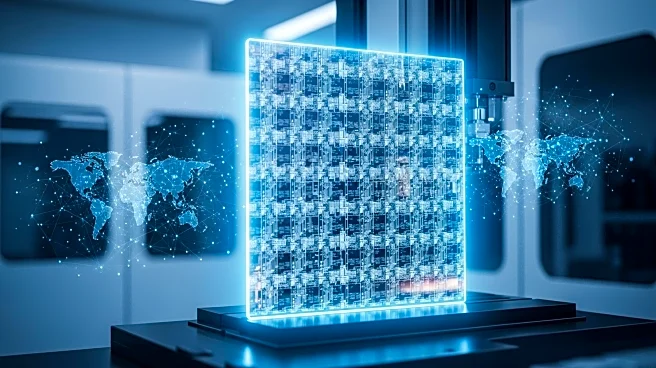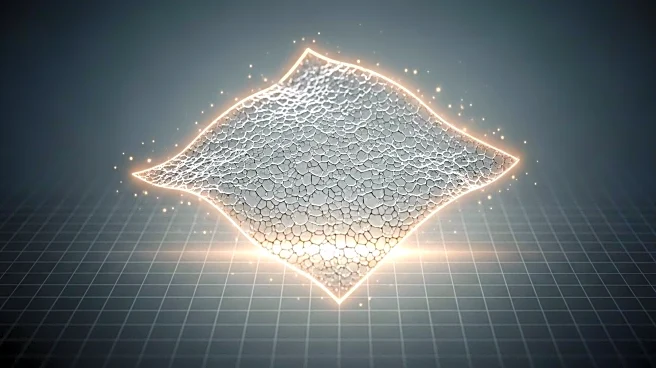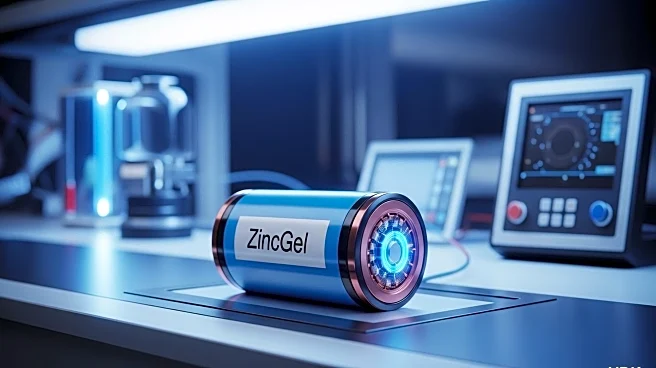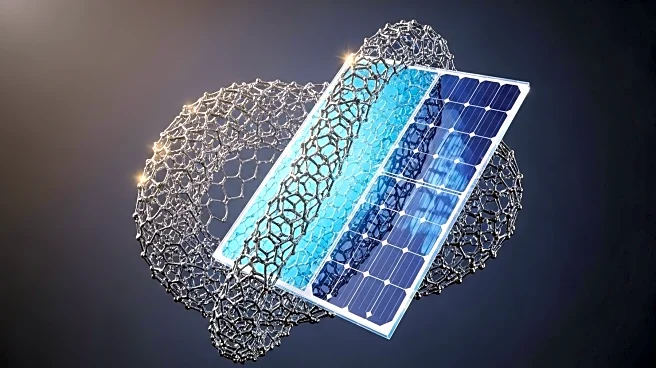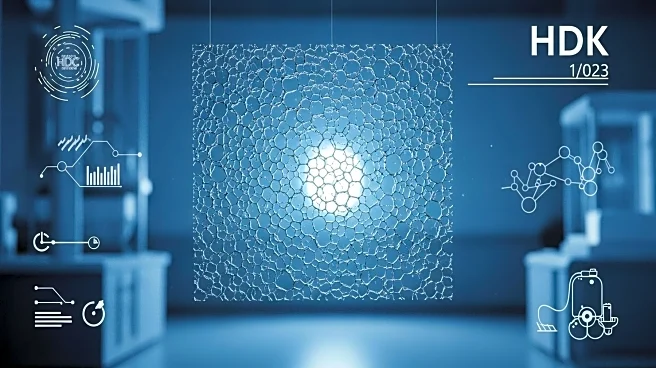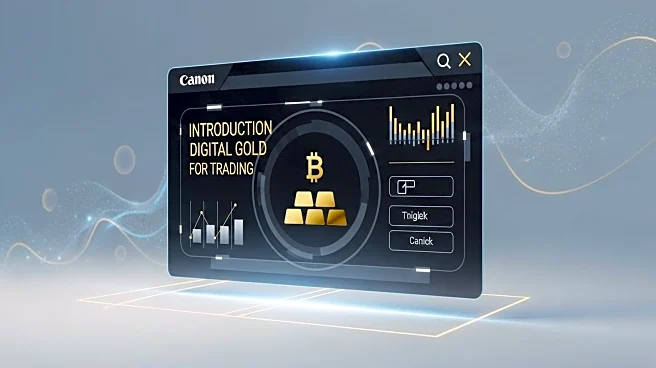What is the story about?
What's Happening?
The International Organization for Standardization (ISO) has released two new standards concerning graphene-related two-dimensional (2D) materials. These standards, ISO/TS 9651:2025 and ISO/TS 23359:2025, aim to provide a classification framework and chemical characterization methods for these materials. ISO/TS 9651:2025 outlines the characteristics and measurement methods for graphene-related 2D materials in sheet and particle forms, focusing on commercial applications. It includes elements such as material characteristics, measurement methods, and a technical data sheet template. ISO/TS 23359:2025 specifies methods for chemical characterization of powders or liquid dispersions containing graphene-related 2D materials, using techniques like X-ray photoelectron spectroscopy and thermogravimetric analysis.
Why It's Important?
The publication of these standards is significant for the nanotechnology industry, as it provides a structured approach to classifying and characterizing graphene-related 2D materials. This can enhance the consistency and reliability of these materials in commercial applications, potentially leading to increased adoption and innovation. Companies involved in the production and application of graphene-related materials may benefit from clearer guidelines, which can facilitate product development and regulatory compliance. The standards also support the advancement of nanotechnology by ensuring that materials meet specific criteria, which can drive research and development in the field.
What's Next?
With the new standards in place, companies and researchers in the nanotechnology sector are likely to begin integrating these guidelines into their processes. This could lead to more standardized products and potentially open up new markets for graphene-related materials. Stakeholders may also engage in discussions to further refine these standards based on practical applications and feedback from the industry. Additionally, there may be increased collaboration between international bodies to harmonize standards across borders, promoting global trade and innovation in nanotechnology.
Beyond the Headlines
The introduction of these standards may have broader implications for the regulatory landscape of nanotechnology. As graphene-related materials become more standardized, there could be shifts in how these materials are perceived in terms of safety and environmental impact. This might lead to new policies or adjustments in existing regulations to accommodate the evolving nature of nanotechnology. Furthermore, the standards could influence educational programs and research funding, as institutions align their curricula and projects with the latest industry standards.
AI Generated Content
Do you find this article useful?




